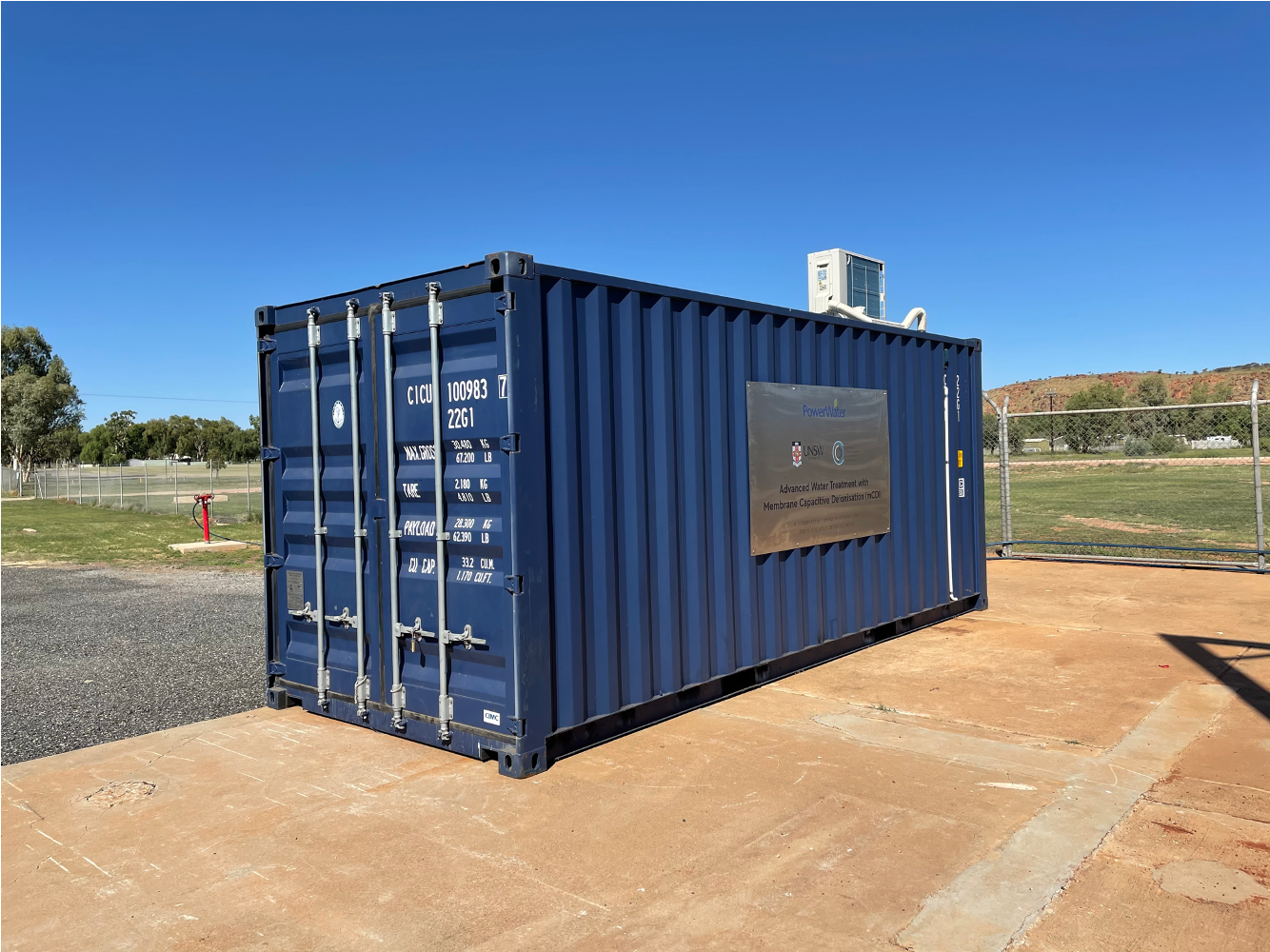Technology overview
___
Our team has developed photovoltaic-powered MCDI units that can be used for removal of salt and other charged ions (such as fluoride and nitrate) from brackish, contaminated waters. These units can be operated in the absence of mains power and represent a low energy, low maintenance technology for the provision of waters that are suitable for domestic and agricultural purposes.
We have also developed “Digital Twins” of our units and developed machine learning based algorithms that enable remote optimised control and maintenance of the units.
Applications
___
mCDI can be used in a variety of different scenarios
- Drinking water supply for (indigenous communities, small farms/homesteads, temporary mining camps)
- Large-scale photovoltaic power stations: supply water for regular panel cleaning and drinking water for workers.
- Disaster relief
- Livestock watering stations
- High value horticulture (greenhouses)
- Herbicide (dilution) application
- Recycled process waters (e.g. cooling towers, mine water)
Advantages
___
Key achievements
___
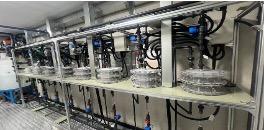
In 2025, at the request of the Australian DCCEEW, CTET developed the fourth-generation container equipment. This equipment is entirely based on CTET's independent intellectual property and maximises equipment reliability.

In 2023, CTET launched the first electrode production line, enabling mass production of electrodes and accelerating commercialization.

In 2022, CTET collaborated with PWC manufactured the 3rd mCDI containerized unit in the Northern Territory, Australia.
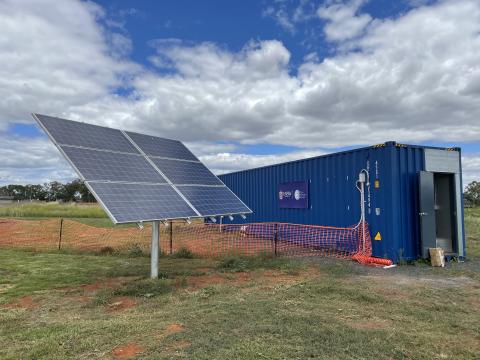
In 2021, we built and deployed 2nd containerised mCDI unit in Dubbo, NSW Australia.
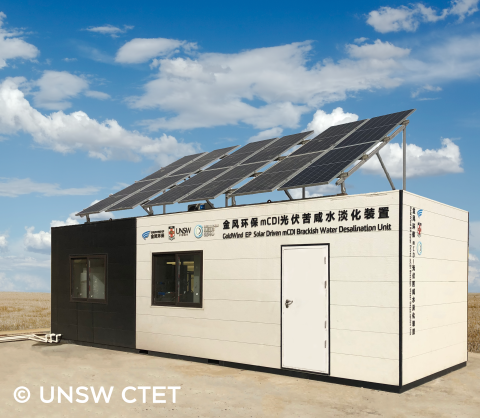
In 2019, CTET collaborated with Goldwind to build the second-generation mCDI containerised system
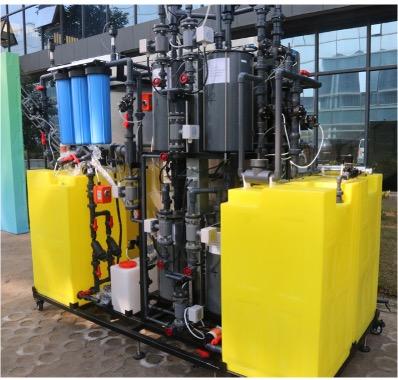
In 2018, the first mCDI demo unit “Yellow Elephant” is developed, marking the beginning of our technology journey.
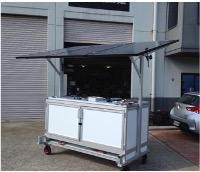
In 2015, our team developed the firstPV driven mCDI pilot unit, the “Coffee Cart”, at UNSW Sydney
